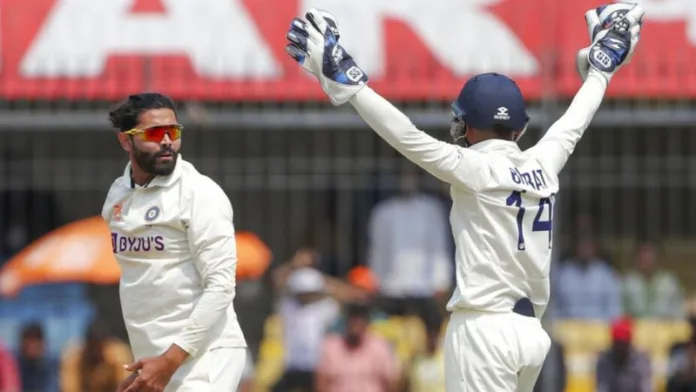When the format of this cycle of the World Test Championship was announced, not a lot of fans and critics were happy with it. Despite its shortcomings, the format has proven to be fairly exciting with the thrill equivalent to any other ICC event.
By defeating India in the third test match, Australia have sealed their spot at the top of the table and have qualified for the finals, with one match to spare. However, it has put India in a tough spot, as India’s qualification chances have experienced slight turbulence.
How does the point distribution work?
The point distribution system for the World Test Championship is very simple. If a team wins a test match, it earns a total of 12 points. However, if the match ends in a draw, each team gets 4 points, and 6 points are awarded to each team if the game ends in a tie. The losing team gets 0 points.
ICC may choose to deduct some points from any team’s total depending on a number of factors. It could be on-field misconduct, slow over rate, arguing with the umpire, etc.
Since not all teams were going to play the same number of test matches in this cycle, ICC introduced a new term ‘PCT’, to allow a smooth understanding of the points table. PCT in World Test Championship (WTC) stands for “Percentage of Points Earned”. It is the percentage of points a team has earned out of the total number of points they could have earned based on the matches they have played in the championship. The PCT is used to rank the teams in the World Test Championship standings, with the top two teams qualifying for the final at the end of the championship cycle.
As of today, Australia have 68.52% PCT (148 points) and are at the top of the WTC Points Tabe. India are second with 60.29% PCT (123 points)
What are India’s chances of qualifying for the finals?
Before the Border Gavaskar trophy started, the maths for India’s qualification was pretty simple. India had to win the series with a scoreline of 3-1 or higher if they had to qualify for the finals.
India were scheduled to play 18 matches in this cycle, which would put their total points at 216. As of now, India have played matches worth 204 points, and are second at the points table with 123 points (60.29% PTC). It would have been 128, but India were penalized 5 points for a slow over rate.
If India manage to win the final test match against Australia in Ahmedabad, their total points tally will be 135 points (62.5% PTC), and they would seer straight into the finals. However, the equation becomes complex if India lose or draw the game. If India lose, their PCT will drop to 56.94%, and if they draw the final game, it will drop to 58.79%
In a scenario where India lose or draw the fourth test match, they will have to depend on the results of Sri Lanka versus New Zealand. Indians would want New Zealand to stop Sri Lanka from winning both the test matches. If New Zealand win one, India automatically qualify.
Can other teams still qualify?
No other team except for Sri Lanka stands a qualification chance for the World Test Championship final. However, things are not all cakes and roses for Sri Lanka. In order to be able to qualify for the World Test Championship final, Sri Lanka will have to defeat New Zealand, in New Zealand, by a 2-0 margin, which seems like a mammoth task to do.
Sri Lanka have accumulated 64 points in 10 matches so far, which puts their PTC at 53.33%. If India lost the final test match, and Sri Lanka manage to win both of their remaining test matches, it would put their tally at 88 points (61.1% PTC).
But, if Sri Lanka win only one, their PTC would be 52.77%, which would be less than India’s tally of 56.94% (in case of defeat in the final test). Thus, not only Sri Lanka would have to play really good, they would have to pray even harder for India’s defeat.
However, all equations cease to exist if India thrash Australia in the final test.
Stay updated with all the cricketing action, follow Cricadium on Facebook, Twitter, and Instagram



 Win Projections to be updated soon
Win Projections to be updated soon









